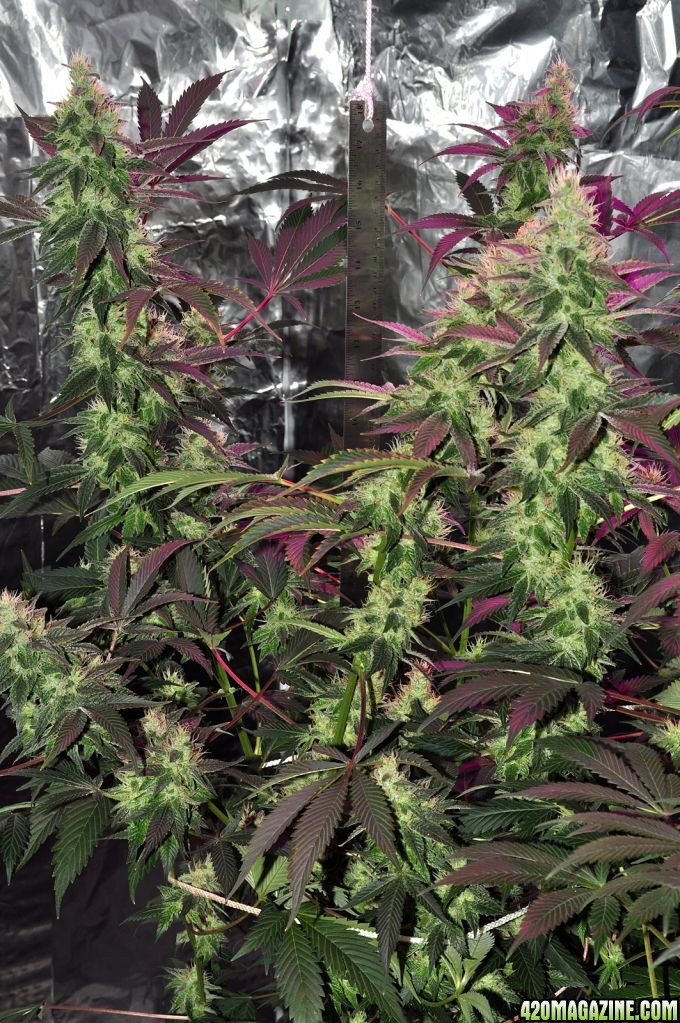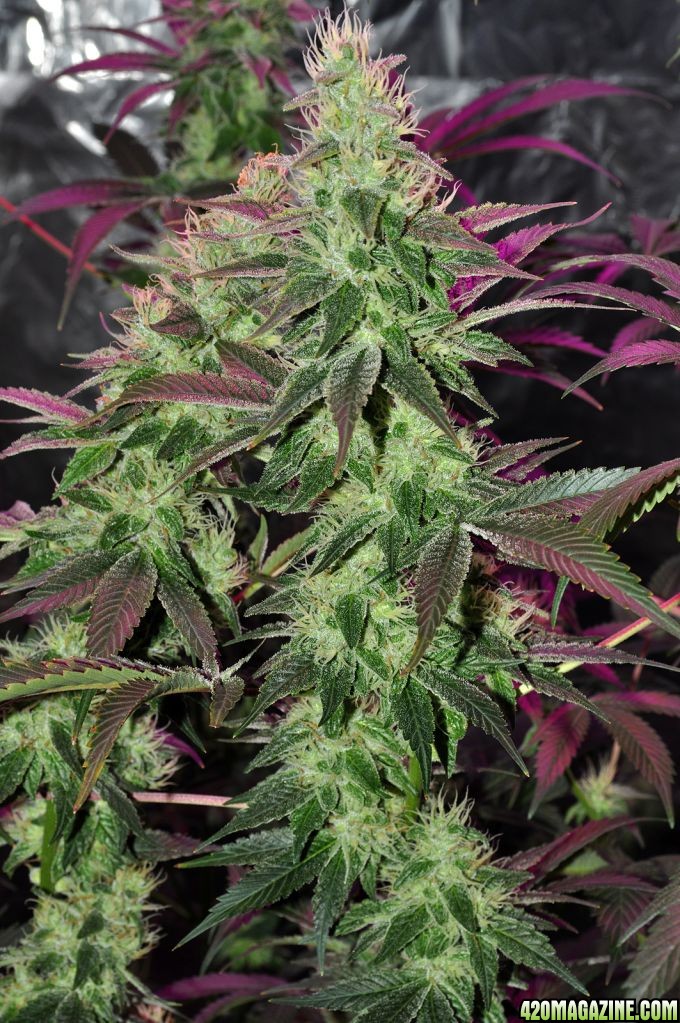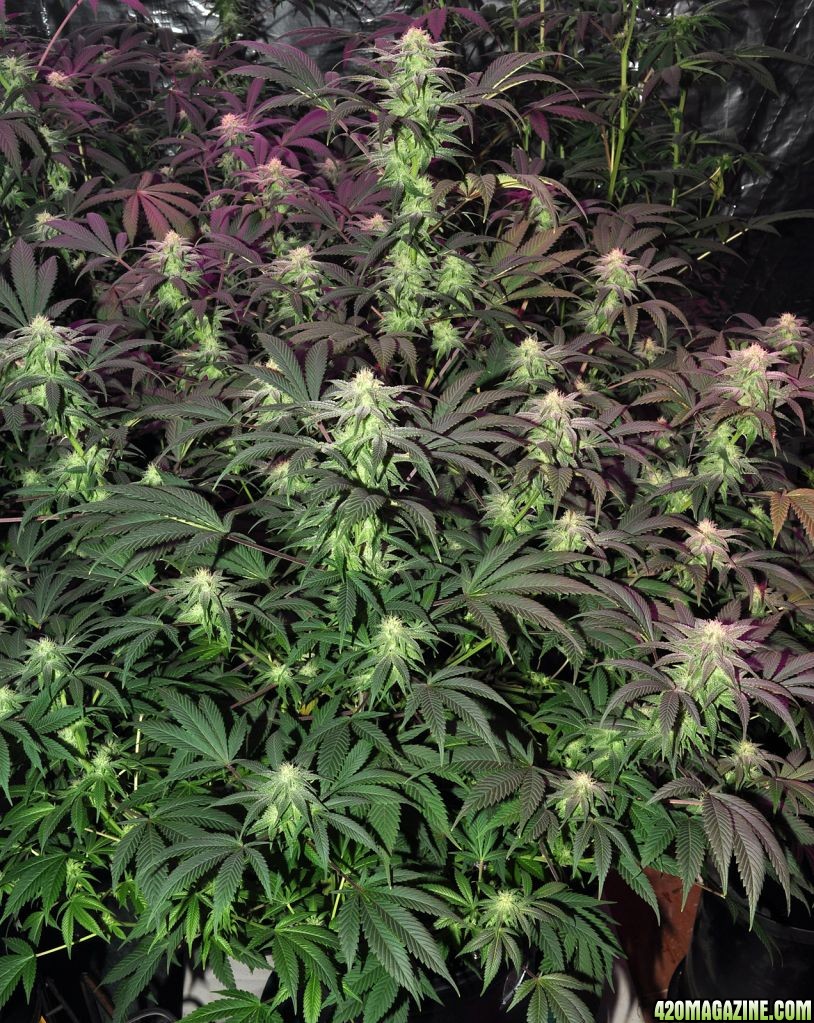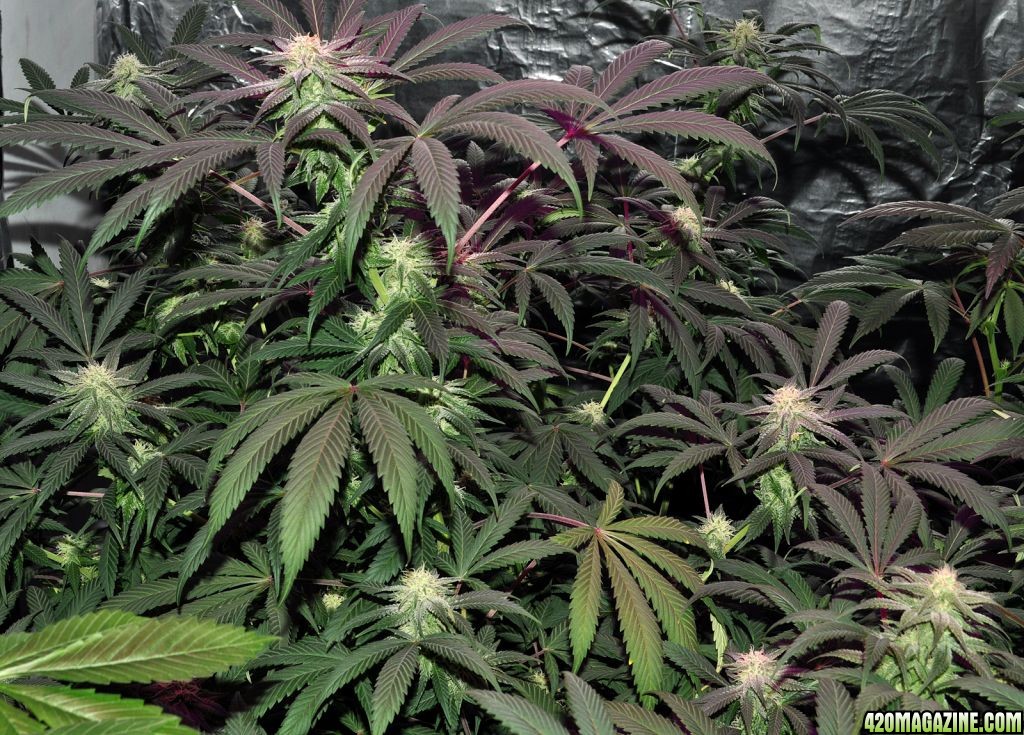Hosebomber
New Member
I know this is going to come across as conceded, but I would but any of my test lights against a 3 or 4 band red and blue only panel. Shit I would even give those red and blue only panels a 10-20% power advantage and still feel 100% confident that using a wider spectra will crush the results of a red and blue only panel. The truth is that Chlorophyll A-F totaled only register around 40% of the actual growth hormone light receptors in most plants. Cannibalism is one of the more complex plants known and very little research is done on it for legal reasons.
Do not under estimate accessory pigments. I will help your grow and final product.
Do not under estimate accessory pigments. I will help your grow and final product.










